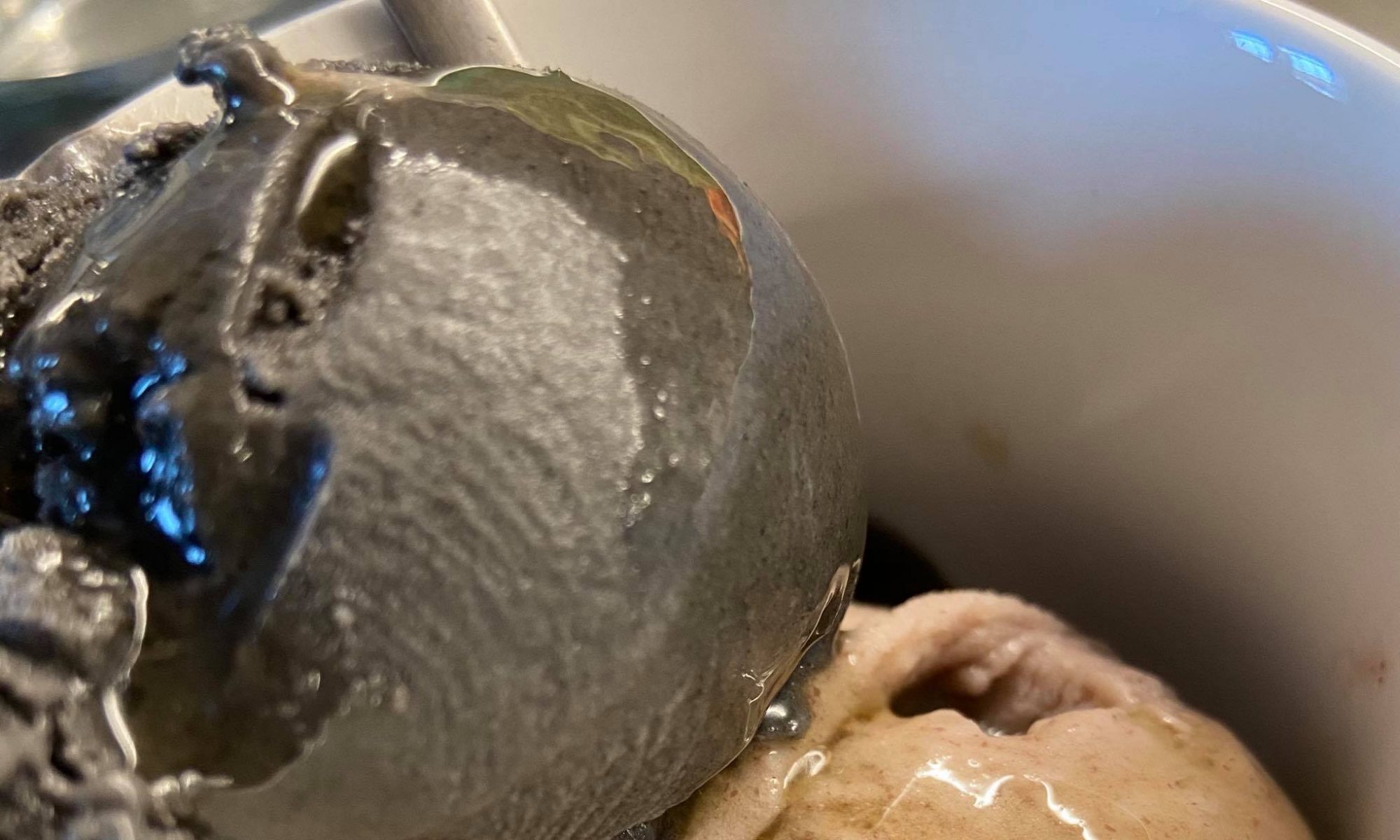You may have heard of a ‘novel’ low-nutritive natural sugar replacement – it’s a monosaccharide called allulose (or psicose) and it’s been touted as a new replacement for ordinary sugar. It’s more or less equally sweet but is not recognised by our organism and therefore not transformed to generate caloric intake.
It’s been thought that sweet taste in food would only be rewarding in the presence of caloric content (derived for example from fats and/or proteins) and that an ’empty’ sweet experience would not be satisfactory enough, prompting us to look for more and more, until sufficient caloric content would signal to the brain that we have eaten enough.
But now, it seems that it’s not just the sweet + calories that we look for. Our organism has evolved to recognise glucose as a very important source of energy on its own. It makes sense – glucose constitutes one of the more ubiquitous sources of energy – from starch in grains and pulses to sugar in fruit, it keeps us going. Glucose has strong and widespread effects on the brain, satiety signalling and feeding behaviour.
And it looks like we cannot really fool our brain into thinking that we are eating good old energy, even when we try to fool it with the presence of other calories.
The take home message seems to be that it’s still better to train ourselves to eat less sugary foods rather than keep scoffing at less caloric desserts by replacing good old dextrose/glucose/sucrose.
